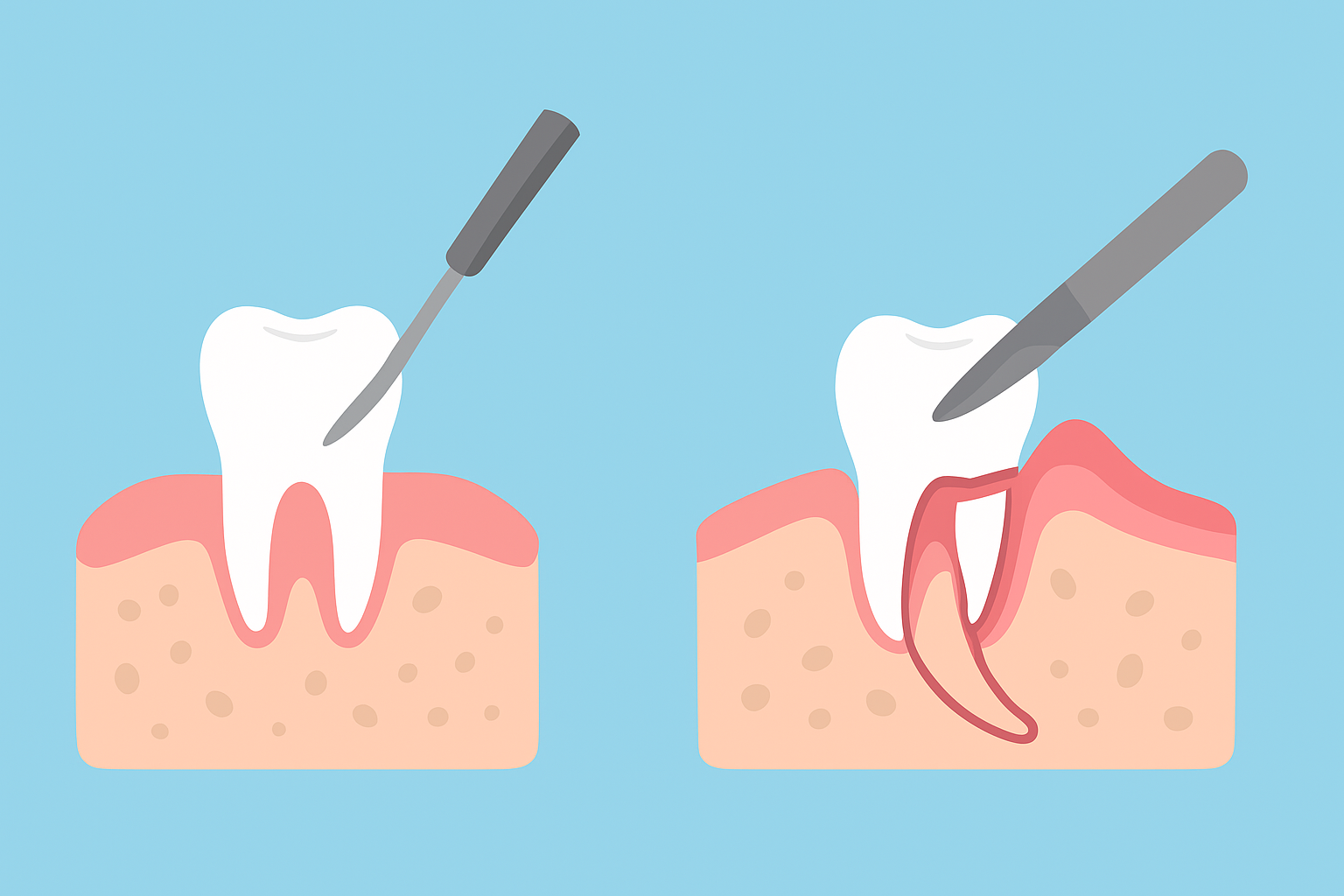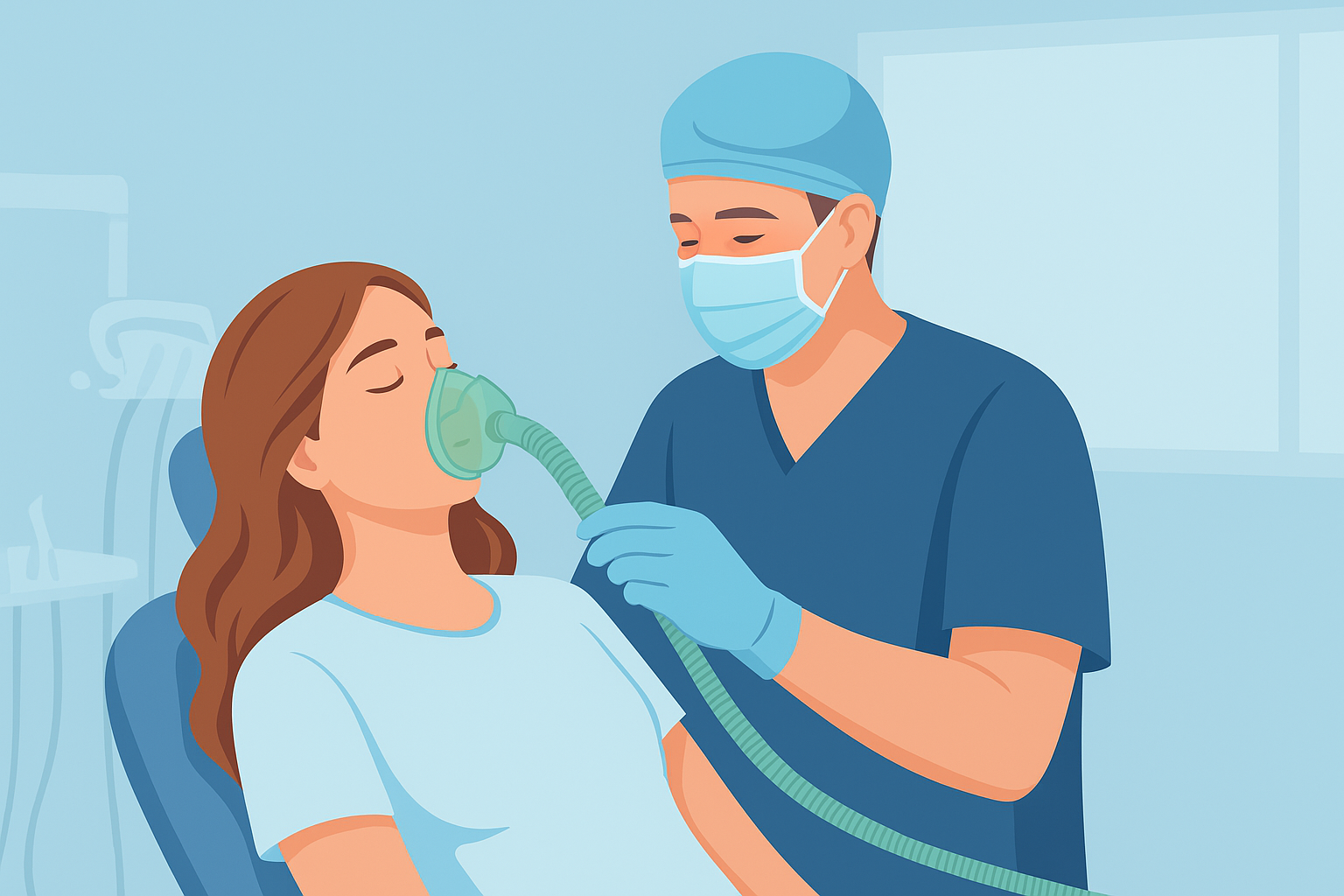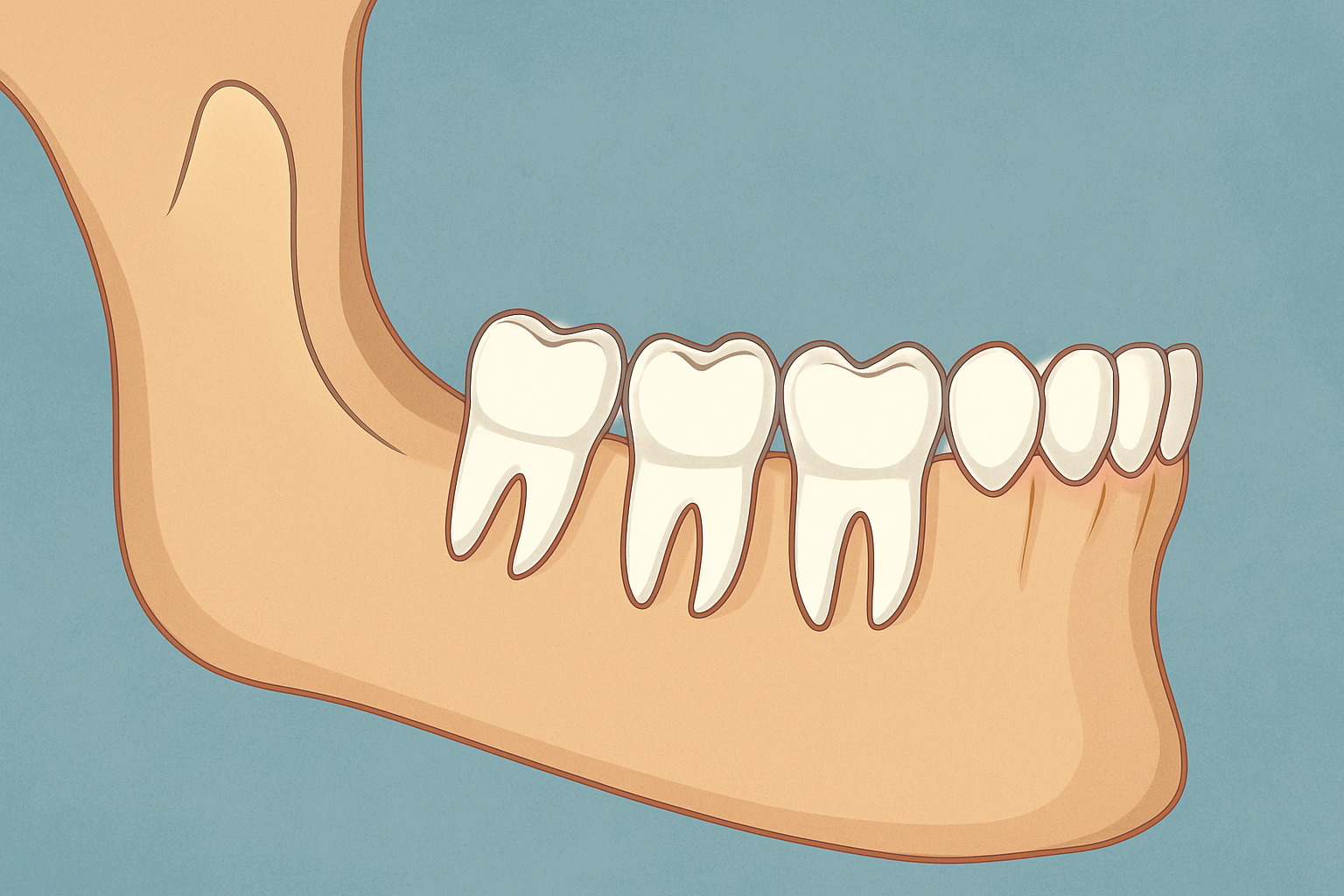What to Eat After Wisdom Teeth Removal: A Complete Recovery Guide

Wisdom teeth removal is a common dental procedure, but knowing what to eat afterward can make a significant difference in your recovery. Eating the right foods can reduce discomfort, prevent complications, and speed up healing. In this guide, we’ll cover the best foods to eat, foods to avoid, and tips to make your recovery smooth and stress-free.
Why Diet Matters After Wisdom Teeth Removal
After a wisdom tooth extraction, your mouth is sensitive, and the surgical site needs time to heal. Eating the wrong foods can irritate the gums, dislodge blood clots, and even increase the risk of infection. A soft, nutritious diet supports healing, reduces swelling, and keeps your energy levels up. Learning what to eat after this procedure is essential for a comfortable recovery and a healthy mouth.
Best Foods to Eat After Surgery
1. Soft Fruits and Vegetables
Soft fruits like bananas, peaches, and avocados are easy to eat and rich in vitamins. Steamed or well-cooked vegetables like carrots, zucchini, and squash provide nutrients without putting pressure on your gums. These foods help your body repair tissue and fight inflammation naturally.
2. Smoothies and Purees
Blended foods are ideal during the first few days after extraction. Smoothies made with yogurt, fruits, and even vegetables can provide protein, fiber, and essential vitamins. Make sure to avoid using straws, as suction can disturb healing. You can also try pureed soups or mashed vegetables for variety.
3. Dairy Products
Yogurt, pudding, and cottage cheese are soft, protein-rich options that support recovery. These foods also provide calcium, which helps strengthen your teeth and bones. Choose plain or low-sugar options to avoid irritation.
4. Soft Proteins
Eggs, tofu, and well-cooked fish are excellent protein sources that are gentle on your mouth. Protein is essential for tissue repair, and these soft options prevent unnecessary chewing and discomfort. Avoid crunchy or tough meats that require excessive biting.
5. Hydrating Foods
Post-surgery recovery can make you prone to dehydration. Foods like gelatin, watermelon, and soups with a clear broth help maintain hydration while being easy to eat. Staying hydrated aids healing and reduces swelling.
Foods to Avoid After Wisdom Teeth Removal
1. Crunchy or Hard Foods
Nuts, chips, and raw vegetables can scratch the gums and dislodge clots. These foods increase the risk of dry socket, a painful condition that delays healing. Stick to soft alternatives during the first week.
2. Spicy or Acidic Foods
Spicy dishes, citrus fruits, and tomato-based sauces can irritate the surgical site. Acidic foods may cause stinging or prolong discomfort. It’s best to wait until your gums are fully healed before reintroducing these flavors.
3. Sticky or Chewy Foods
Caramel, taffy, and gum can stick to the surgical area and pull at sutures. Avoid these foods to prevent trauma and ensure the extraction site heals properly.
4. Alcohol and Caffeinated Drinks
Alcohol can interfere with healing, and caffeine may dehydrate you. Stick to water and mild herbal teas during the first few days for optimal recovery.
Tips for a Smooth Recovery
1. Eat Small, Frequent Meals
Eating small portions every few hours prevents strain on your jaw and helps maintain energy levels. This approach also reduces the risk of nausea, which can occur after anesthesia.
2. Keep the Surgical Area Clean
Follow your dentist’s instructions for rinsing your mouth. Gentle saltwater rinses help prevent infection, but avoid vigorous swishing, which can dislodge blood clots. Learn more about best home remedies to manage post-surgery discomfort effectively.
3. Monitor for Infection
Pay attention to unusual pain, swelling, or discharge. These could be signs of an infection. Knowing how to tell if your tooth site is infected can save you from complications.
4. Support Bone Health
Your jawbone may need extra support after surgery. Consuming foods rich in calcium and protein helps, and discussing dental bone graft options with your oral surgeon ensures proper recovery if needed.
5. Watch for Early Complications
Some issues can appear shortly after surgery, such as excessive bleeding or prolonged swelling. Recognizing early signs of extraction problems allows prompt care and reduces discomfort.
Sample Meal Plan for Recovery
- Breakfast: Mashed bananas with yogurt or a soft smoothie
- Lunch: Creamy vegetable soup or mashed potatoes
- Snack: Applesauce or gelatin cups
- Dinner: Scrambled eggs or baked fish with mashed zucchini
- Hydration: Water, herbal tea, or mild broth throughout the day
Gradually Reintroducing Regular Foods
After the first week, you can slowly reintroduce firmer foods. Start with soft bread, cooked grains, and tender meats. Continue avoiding anything too crunchy, sticky, or spicy until your dentist confirms full healing. Gradual progression ensures comfort and protects the extraction sites.
Final Thoughts
Knowing what to eat after wisdom teeth removal plays a crucial role in your recovery. By choosing soft, nutrient-rich foods and avoiding irritants, you can reduce pain, prevent complications, and heal faster. Combined with proper oral care, hydration, and monitoring, a mindful diet makes the recovery process smoother and more comfortable.
Your healing journey is manageable with the right foods and a little patience. Following these tips ensures you recover quickly, maintain your nutrition, and protect your smile.

Simple vs. Surgical Extractions: What’s the Real Difference?
November 11, 2025

What to Eat Before & After Wisdom Tooth Surgery
July 4, 2025

Your Guide to Wisdom Tooth Sedation
November 27, 2025

How to Schedule a Dental Implant Consultation
November 18, 2025

Why Some People Never Develop Wisdom Teeth
December 10, 2025